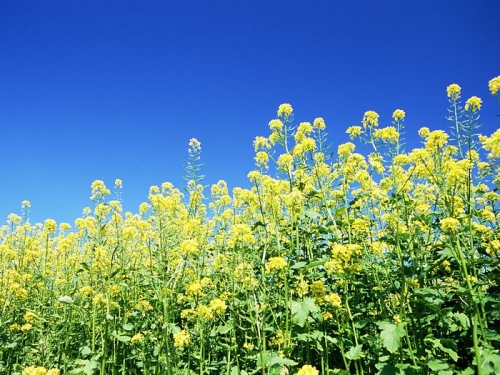Mustard as a cover crop
Utilizing mustard as a cover crop may reduce soil borne pathogens in the soil

The interest in using mustard as a cover crop has increased the last few years. Cover crops have demonstrated their importance in protecting water quality and improving soil fertility. One area where we are seeing some amazing benefits is in the area of pest management. Cover crops have shown promise in biological pest control such as weed suppression, attraction of beneficial insects and as a biofumigant. The brassica family—which mustard is a part of—is being looked at because of their biofumigant characteristics. Some studies have linked incorporation of brassica to reduction or suppression of pathogens such as Verticillium in potato; Pythium, Fusarium and Rhizoctonia root rots in beans; Pythium in lettuce; pink root in onion; Aphanomyces, Pythium, Rhizoctonia, and Fusarium root rot in peas; and cavity spot and Fusarium in carrot.
Brassicas, such as mustard, have high amounts of glucosinolates. When the mustard plant is incorporated in the ground and decomposition starts glucosinolates are released into the soil. This release is what triggers the biofumigant response. The use of these plants may reduce the amount of pesticides used.
Mustard is a cool season spring annual. It has deep taproots that can extend 1-3 feet below the soil surface and in dry conditions the roots may grow up to 5 feet seeking water. It quickly germinates and will reach maturity between 80 to 95 days depending on variety. Mustard should be chopped or mowed prior to or at flowering and immediately be incorporated into the moist soil while it is still green. If the soil is dry it is recommended that the field be irrigated and if necessary, again in 5 days. If mustard is allowed to seed it could become a pest in the following crop.
For additional information on mustards as a cover crop download Mustards- A Brassica Cover Crop for Michigan E-2956. For more information on cover crops visit the Midwest Cover Crop Council website. If you would like to speak to an educator about integrating cover crop into your rotation please contact Christina Curell at curellc@anr.msu.edu or Paul Gross at grossp@anr.msu.edu.



 Print
Print Email
Email


